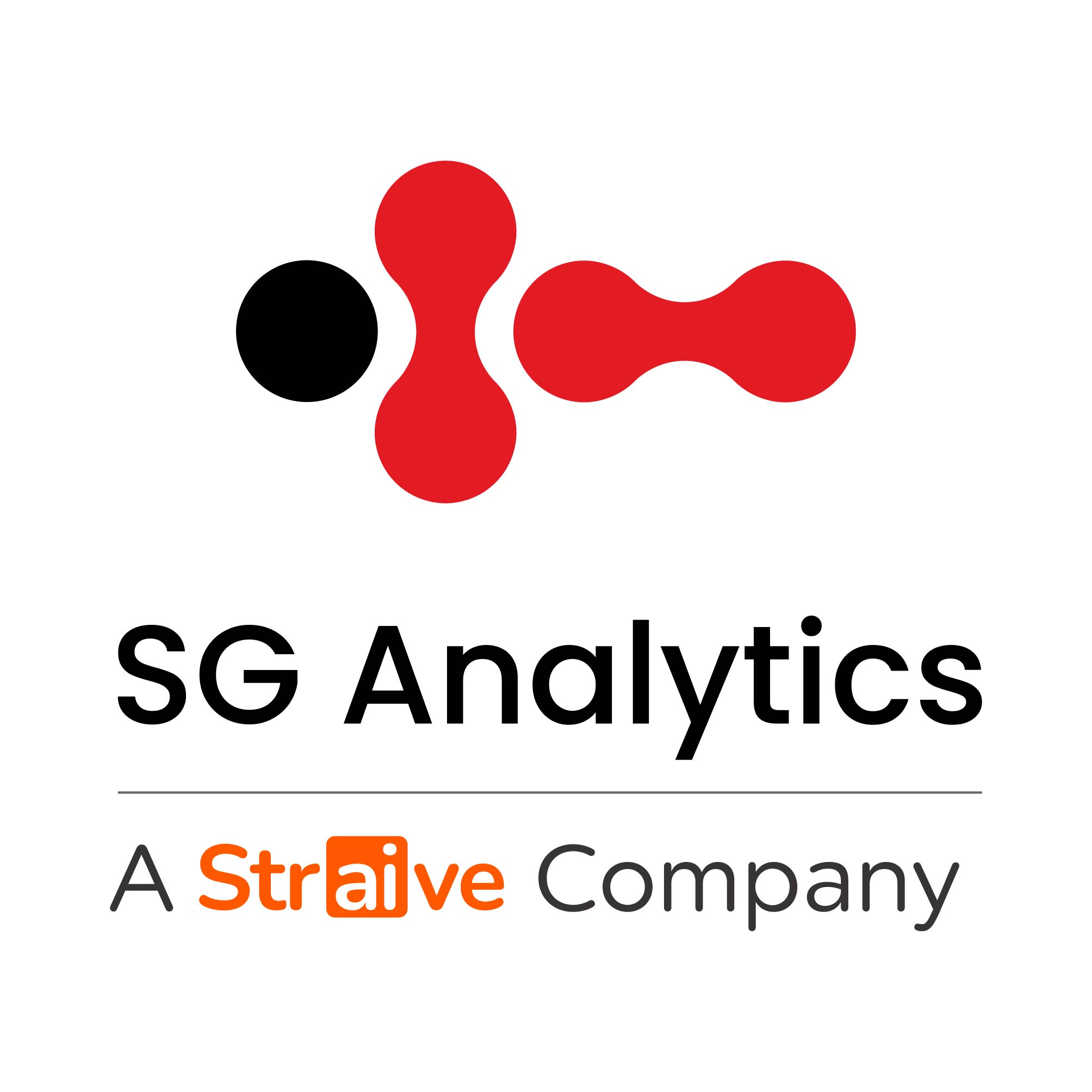Market research has been the backbone of corporate decisions and strategies for a long time now. Only data-driven decisions will drive your business in the right direction, be it the business domain or the consumer domain.
Market research services can be broadly classified into the following two types:
- Primary research – This includes telephonic research, online research, on-field research, and customized market research
- Secondary research – This includes desk research, collation, and synthesis of existing research data
Primary research can then be further classified into quantitative research, qualitative research, recruitments, and so on. While quantitative research is aimed at covering a larger part, qualitative research targets a limited portion and gives you rich descriptive data. Qualitative interviews are more structured, and effective probing can result in accurate insights. In-depth interviews, focused group discussions, ethnography, narratives, and grounded theory are some of the types of qualitative research.
Qualitative research is one of the complete methodologies. It mainly includes methodical gathering and analysis of data. This is mainly used to arrive at a hypothesis, which can then be tested using quantitative research. Qualitative market research is also known as the ‘what’ and ‘why’ research. It not only gives a complete picture of ‘what’ needs to be done or is missing, but also gives a perspective on ‘why’ that is the case. This in-depth understanding comes from deep-diving into the subject and analyzing the data that is mainly information-rich and non-numeric. Qualitative study is always done with a ‘purposive sample’, keeping in mind the context and the outcome required.
Conducting interviews, whether structured or unstructured, is one of the most practiced methods of qualitative research. This can be done via face-to-face exercise or telephonic interviews with a specific audience. In the case of focused group discussions, a group of respondents is asked a set of questions and their responses are captured and analyzed. Ethnographic research is the study of a particular ethnic background or culture to understand certain trends – the influence of cultural framework, buying behavior, and so on.
Any qualitative research is usually followed by streamlining the data, analyzing the emerging trends, finalizing the direction of the outcome, and writing a report or a white paper underlining the outcome. The report usually has quotes from the respondents, charts, and info-graphics to support the facts presented. There are market research firms that exclusively use qualitative research to provide specialized market research services. Different qualitative methodologies can be combined to create custom market research, which can then be utilized by the researcher.
Market research trends show that the research industry will continue to grow and with increased automation – artificial intelligence and machine learning to name a few – many more research tools and solutions will come into existence. While this will always felicitate enriched and more accurate research, you would need to have the right hypothesis in place to make optimum utilization of these advanced tools, something that needs proper qualitative research, to begin with. Current research trends show that clients across the globe are looking at establishing the hypothesis using qualitative research. Depending upon the topic, industry, budget, and various other factors, they may venture into quantitative research post that. Qualitative research, though considered a somewhat slow-paced methodology while capturing the responses, will continue its dominance in research aspects such as brand perception, brand loyalty, consumer awareness, SWOT analysis, marketing, product development, to name a few.

